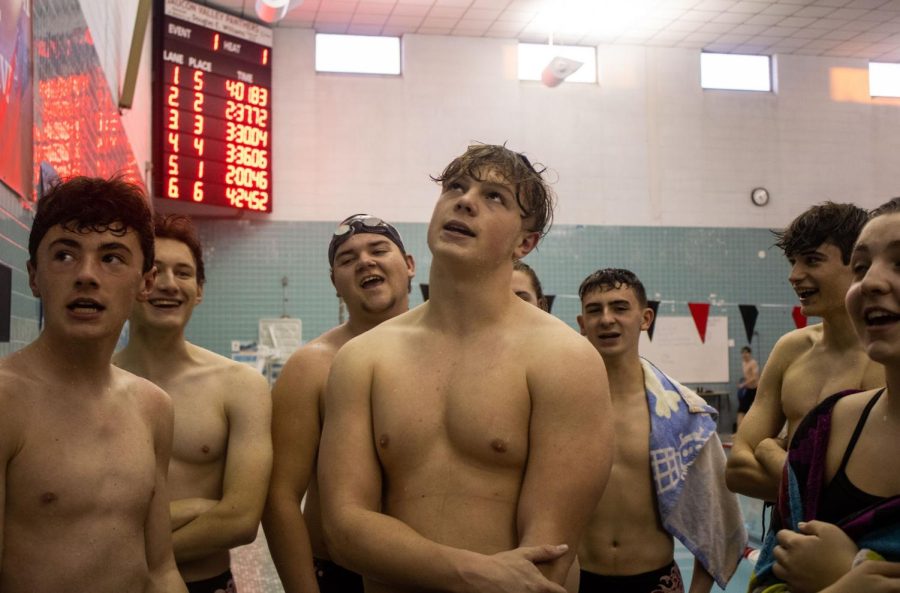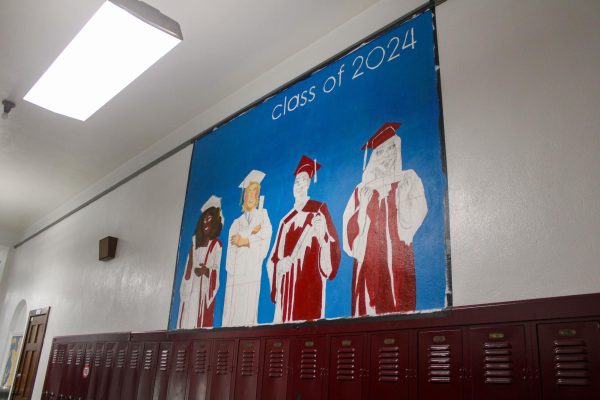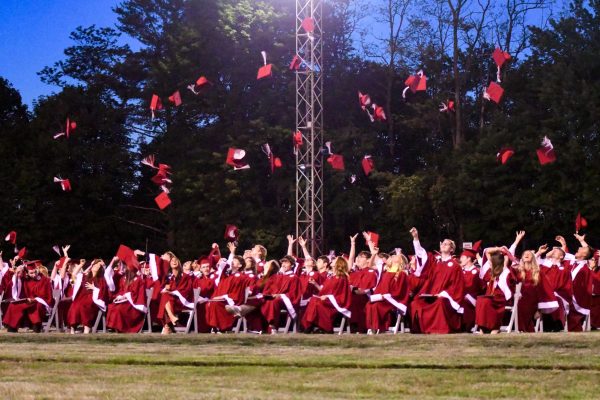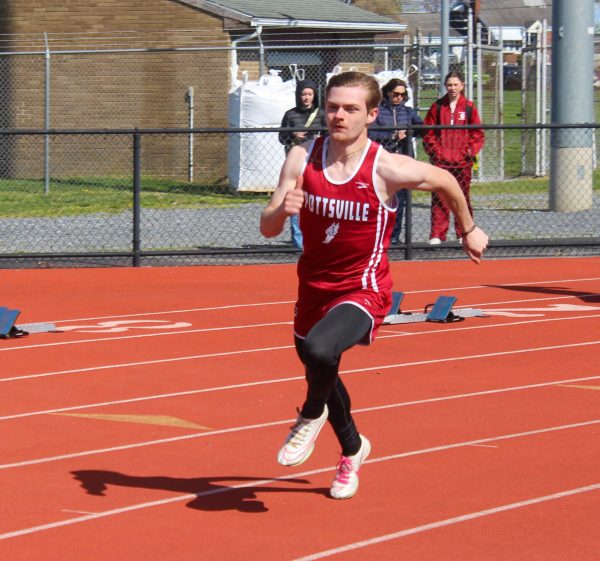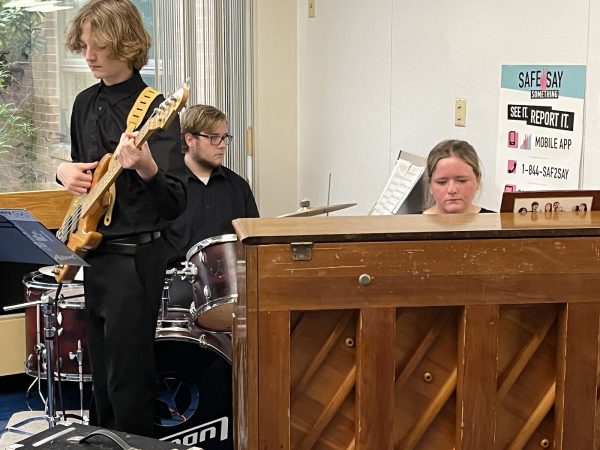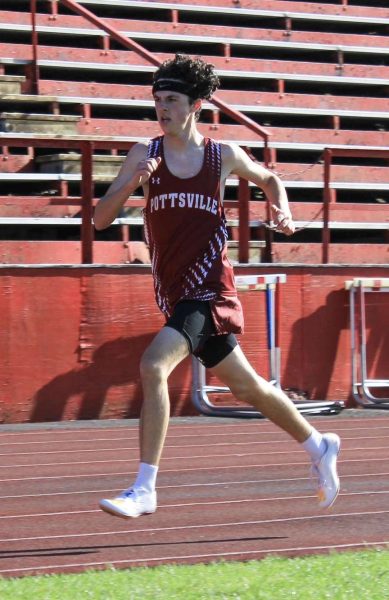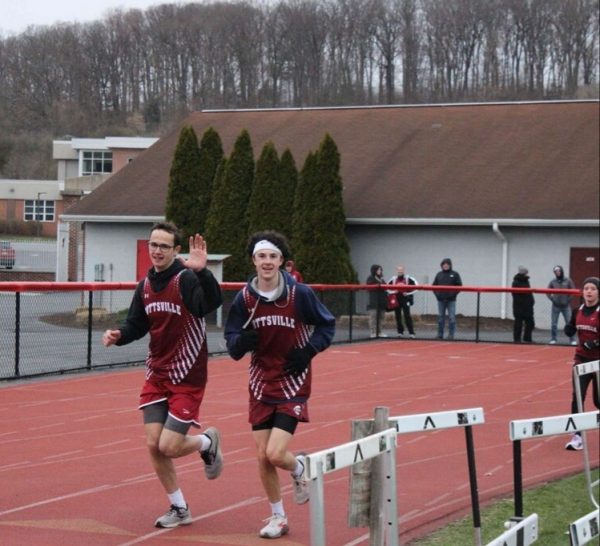The PAHS swim and dive team get ready for a new season
Photo Courtesy of Lizzy Martinko
Swimmers stand with each other after the 400 freestyle relay, laughing and talking about their times. “Swim and dive is mostly a mental sport. You could have all your technique down but when it comes to yourself mentally, you could crack at the pressure. That’s why it’s really encouraging to have all your teammates backing you and cheering you on. Even the littlest bit of validation can help,” said freshman, Billy Davis.
These athletes are required to train during the cold winter months. Practices start from the end of November. Swim and dive is available for 9th through 12th grade students at PAHS.
A typical swim practice can last from 3:00pm to 5:30pm depending on the swimmer. The swimmers start off with a specific kind of stretching called “dry-land” and then warm up with an 8-10 minute set. After that, the sets can range from a set of 50 free to a 10 minute time limit of as many sets of freestyle you can do. To get the swimmers stronger, they also alternate from using fins and kick boards to help strengthen their arms and legs.
“My favorite stroke is breast stroke,” said freshman Killian Bressler. “My favorite event would have to be the 100 breaststroke since my time is 1:16. I’m really enjoying my freshman year of swimming because of the people. The coaches always push me to do my hardest and that’s what makes it so fun,” said Bressler.
“Usually when I’m not doing my best, I tend to dislike swimming. A couple sets in, I still dislike it, but going to different meets and getting to spend time with some of the people I can call my friends makes all the hard work worth it in the long run,” said sophomore Adalia LaSelva.
A typical dive practice can last from 3-4:30. First, they start off with some jumping jacks and a few other stretches to get their flexibility in check. Then, the divers will sometimes do trampoline work before their dives can officially hit the water. Then, as they’re ready to get in the water, they will do pencils as a first dive to just get in the pool.
“Basic dives like a 1 and 1⁄2 can look simple but when I overthink it, I tend to just jump in, instead of doing the actual dive. So Coach Ned will always have a correction for me. Diving can be hard, but it gets easier as you go,” said freshman, Adam Klinger.



